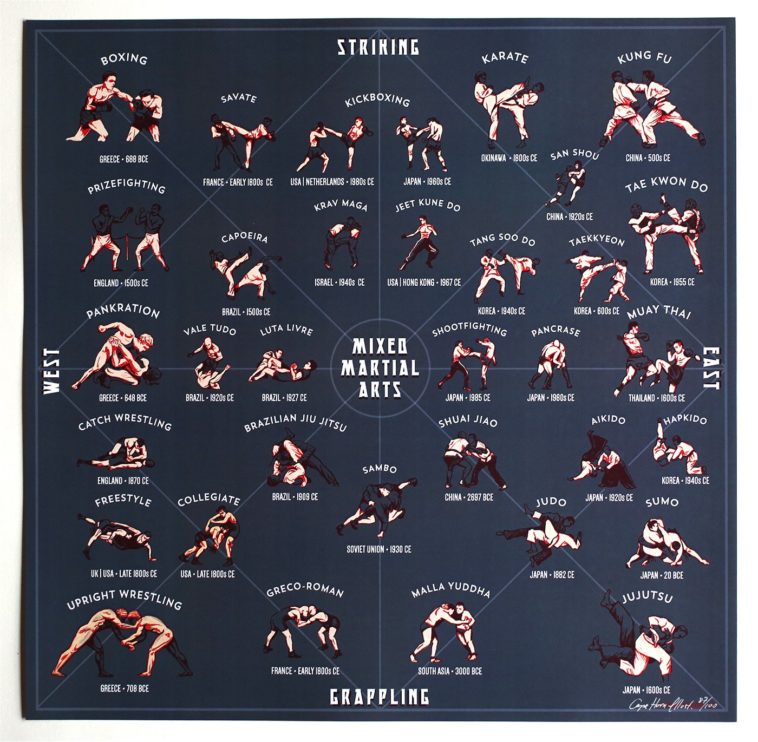Untangling The Mystery Of Multiple Fighting Style Self-Controls: An Overview To Martial Arts, Taekwondo, And Much More
Untangling The Mystery Of Multiple Fighting Style Self-Controls: An Overview To Martial Arts, Taekwondo, And Much More
Blog Article
ksdi kajukenbo By-Magnussen Haastrup
Are you tired of feeling overwhelmed by the large world of fighting styles? With relevant resource site to pick from, it can be very easy to get shed in a sea of strikes, kicks, and mystical names. But worry not!
This discussion will debunk the different fighting styles designs, taking you on a journey from the effective strikes of Martial arts to the vibrant kicks of Taekwondo. Prepare to uncover the origins, methods, and viewpoints behind these ancient art types.
So, tighten your belt and prepare to embark on an informing expedition right into the captivating world of martial arts.
Beginnings of Martial Arts Styles
The origins of fighting styles designs can be traced back to old people and their need for protection and fight strategies. Throughout history, different cultures established their own special techniques of combating, each with its very own collection of techniques and viewpoints.
In China, for example, martial arts styles such as Martial art and Tai Chi were developed as a way of self-defense and improving physical and psychological wellness.
In Japan, the samurai warriors developed designs like Martial arts and Judo, concentrating on discipline, precision, and proficiency of the body.
Similarly, in Korea, Taekwondo became a fighting style stressing high kicks, fast motions, and mental perseverance.
These early people laid the structure for the varied array of fighting styles designs that exist today, each with its very own abundant history and social significance.
Methods and Educating Techniques
To grasp martial arts styles, professionals should discover different strategies and training techniques.
Methods are the particular activities and actions made use of in combat, such as strikes, kicks, throws, and obstructs. Various martial arts designs have their very own distinct collection of techniques that experts should grasp with strenuous training.
Educating methods vary relying on the style, but they typically include a mix of physical conditioning, drills, competing, and forms.
Physical conditioning is important to construct strength, flexibility, and endurance. Drills assist specialists improve their methods and enhance their rate and precision.
Competing enables practitioners to exercise their methods in a managed, realistic environment. Types, likewise referred to as kata, are ironclad sequences of activities that aid experts establish muscle memory and focus.
Ideologies and Concepts
Exploring the viewpoints and concepts of fighting styles styles can provide you with a much deeper understanding of your selected technique. Each fighting style has its very own special ideology and collection of guiding principles that form the means it's exercised.
For example, Karate emphasizes discipline, regard, and self-constraint. It teaches practitioners to focus their body and minds, allowing them to protect themselves while maintaining a feeling of internal tranquility.
On the other hand, Taekwondo positions a solid emphasis on rate, dexterity, and versatility. Read the Full Document are rooted in the tenets of courtesy, honesty, willpower, self-constraint, and unbeatable spirit.
Final thought
Since you've discovered the beginnings, methods, and approaches of various fighting styles designs, you have a deeper understanding of these old disciplines.
Think of a young karate trainee, practicing with steady decision and focus, breaking through boards with an effective punch.
Their trip showcases the dedication and stamina required to grasp a martial art, advising us that with self-control and determination, anything is feasible.
